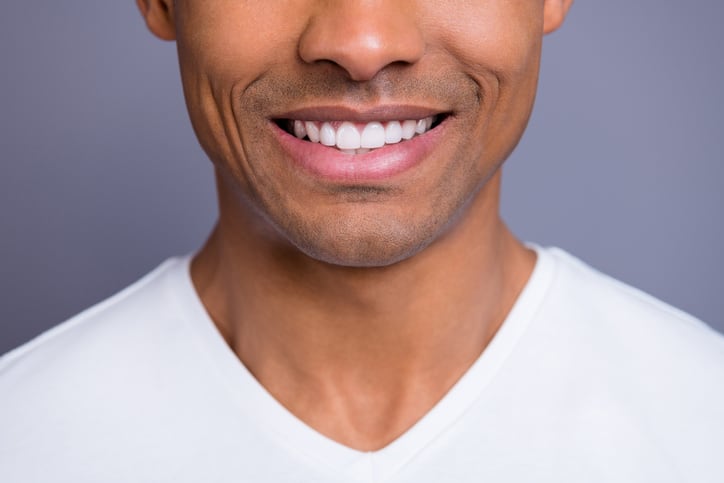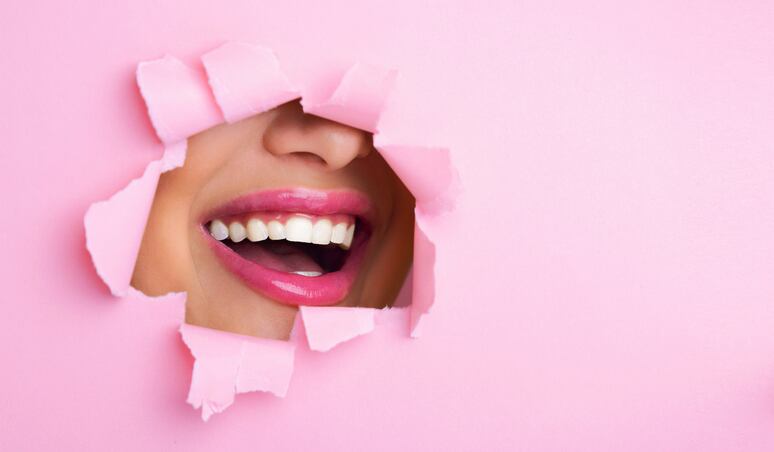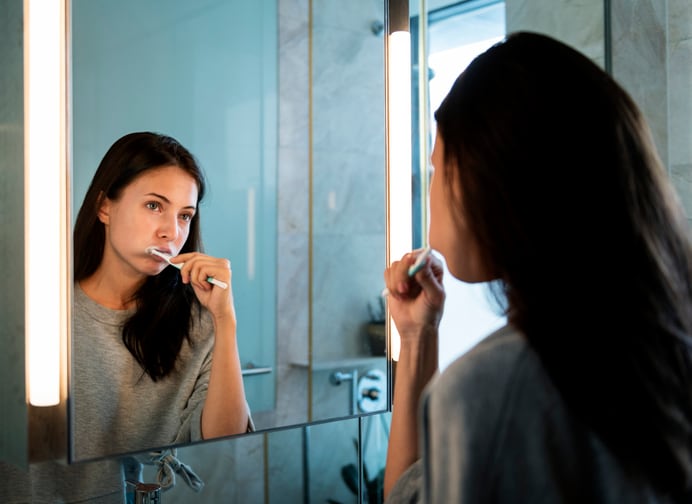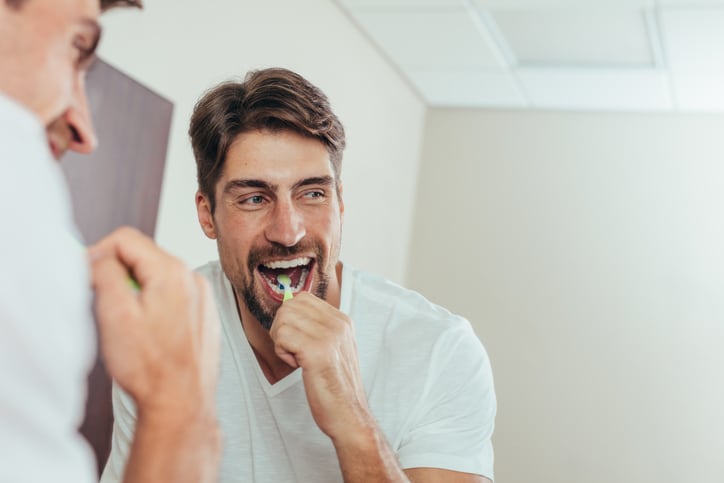Writing in its international patent, Unilever said it had designed an oral care whitening kit containing a film that could be directly applied to teeth and a source of actinic light. The personal care major said the invention offered a simple and efficient means for consumers to whiten teeth at home and built on some of its pre-existing inventions to plug rising demands in this market.
“Consumers have strong desire for whiter teeth and some individuals are dissatisfied with the inherent colour of their teeth or with the stains. This desire for whiter teeth has given rise to a growing trend of whitening products which range from toothpastes to mouthwashes and chewing gums,” Unilever wrote in its patent filing.
However, whilst there were a range of whitening toothpastes and kits already on the market, including under many under its own brands, Unilever said there was a need to shift away from compositions and methods that involved bleaching agents as they involved the release of free radicals – “sometimes not liked by consumers as they believe that free radicals can, under some conditions, be harmful to the body”.
There was also the need to make at-home teeth whitening as “user friendly” and efficient as possible for consumers, it said.
Beyond bleach and ‘messy’ gels – disposable film strips
Back in 2018, Unilever filed a patent for an aqueous gel composition for whitening teeth, made using photosensitiser ingredients – the same composition integrated into the films for this invention.
“The present inventors have tried to improve the efficacy of such types of compositions and after extensive experimentation arrived at the present invention,” Unilever wrote in its current patent filing.
“…The present invention involves applying the film to the tooth surface and then shining actinic light on to it. The present invention has the advantage over the earlier invention in that it does not involve the use of gels which have to be subsequently removed from the mouth by rinsing, which some users may consider a little messy. The present invention simply involves stripping off the film after use and throwing it away.”
However, ensuring desired efficacy and ingredient diffusion onto the teeth in film form was “not straightforward”.
Photosensitising formulation ‘entrapped’ into film format using polymers
Unilever said it had entrapped the gel composition, containing at least one photosensitiser selected from a xanthene class of dye, by using two different types of polymers: a polysaccharide or modified polysaccharide and a water-soluble film-forming synthetic polymer.
These ingredients had been dissolved in water to form a premix and then cast into a film, preferably a “dry state” film that had no perceptible wetness when touched.
Detailing how this composition then worked to whiten teeth, Unilever said: “In the case of conventional compositions that contain a bleach, it is believed that photosensitisers, when exposed to actinic light, accelerate the dispersion of light energy which consequently leads to photochemical activation of the oxidizing agent within the composition. However, in the case of the present invention, when the photosensitiser is exposed to actinic light, it produces reactive excited species which in turn interact with the stains on teeth to thereby lighten the stains. The film matrix that is formed as a combination of the two polymers used in the composition of the present invention allows effective contact of the dye molecules with the surface of the teeth. It also prevents unwanted quenching of the radicals formed thereby increasing the effectiveness of the dye concentration used. This results in better whitening of teeth.”
‘Suitable’ source of light also important for whitening
The company said it was important to ensure use of a “suitable source of actinic light” – any that emitted light in a wavelength or wavelengths appropriate for photosensitisation of the photosensitiser present in the composition. Unilever said it would emit light “preferably of the visible range” via a range of potential sources, including halogen bulbs, LED or plasma arc lamps, laser, or LED photocuring devices.
It said the aim was that consumers used the light source for less than ten minutes, in shorter bursts of one to four minutes, so the application could be repeated as often as desired – up to two or three times a day.
WIPO International Patent No. WO/2021/094156
Published on: May 20, 2021. Filed on: November 11, 2020.
Title: “A film and a kit for whitening teeth”
Inventors: Unilever IP Holdings B.V, Unilever Global IP Limited, Conopco Inc. – SK. Barne et al.




